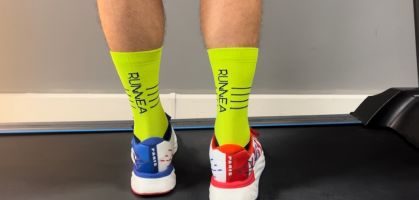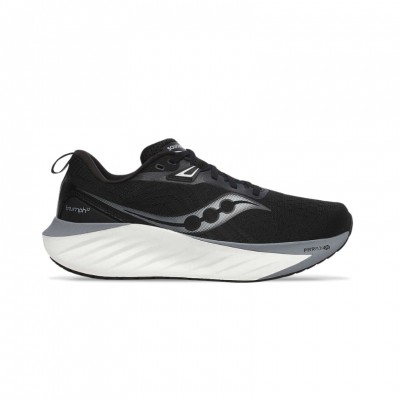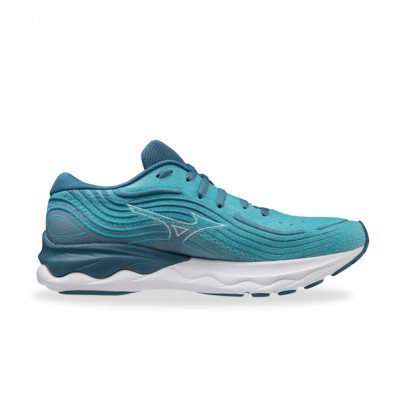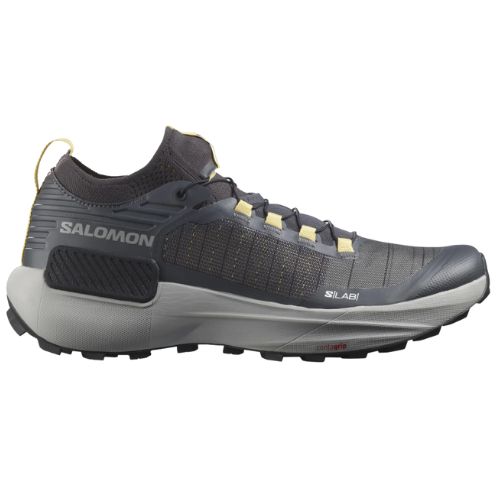There are a number of qualities that are repeated in a large sector of popular runners. One of them is that we find it hard to put the handbrake on and rest or slow down. As a physiotherapist friend of mine often says, "popular runners are my best clients". We never tire of repeating that rest is an essential part of every athlete's training, and in popular runners even more so since they have to combine training with work and family life.
In this article we will try to answer 8 questions about why it is necessary to take rest seriously, and what signals the body gives us to tell us that we must lower the piston.
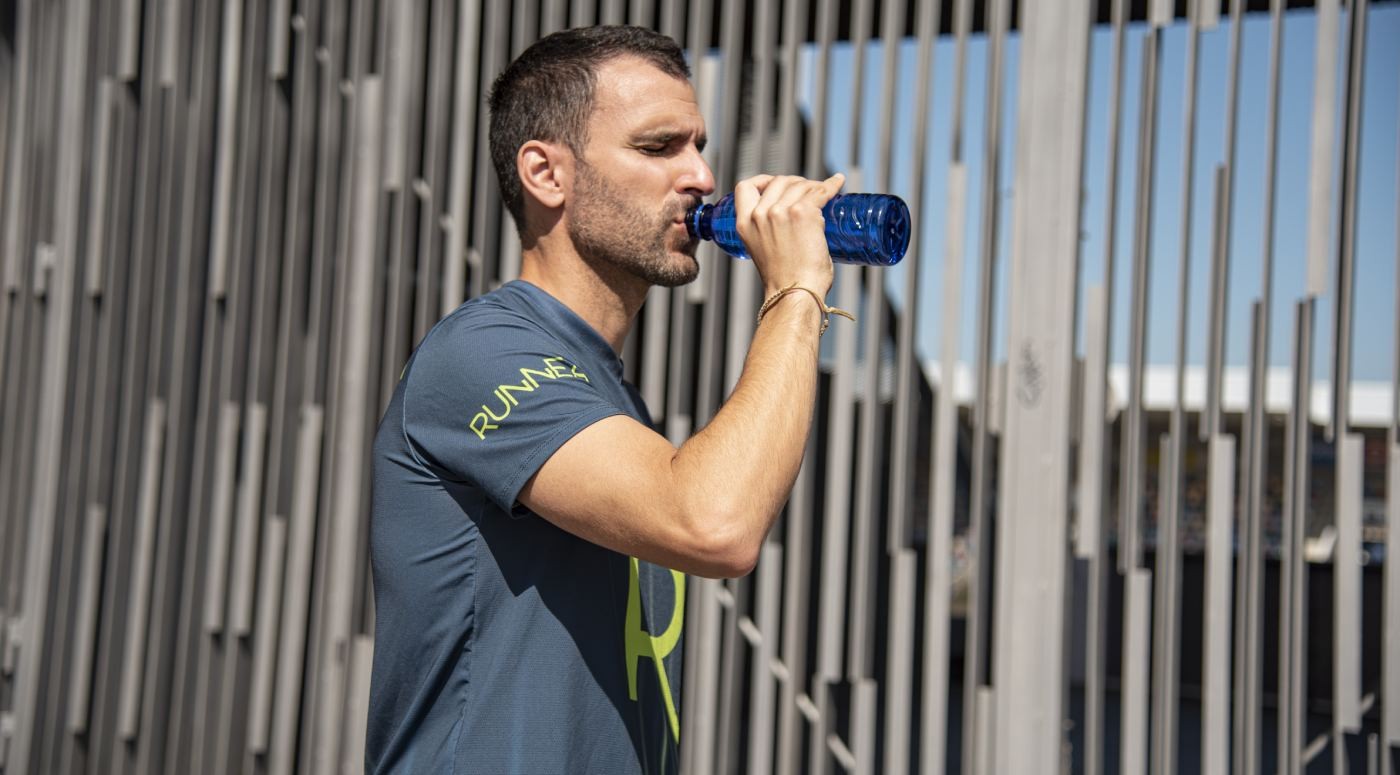
1. The maxim of every runner is to "listen to your body". How can we put theory into practice?
The problem is that sometimes our body speaks to us, but we don't want to listen to it. It is true that in many sessions, before an injury, we have some discomfort that we can endure and finish the training. However, these small annoyances can cause small variations in our stride, running technique, etc. and lead to an injury that prevents us from training.
Therefore, listening to the body and above all knowing how to stop in time is essential. Unfortunately, knowing how to interpret our body's signals requires previous experience.
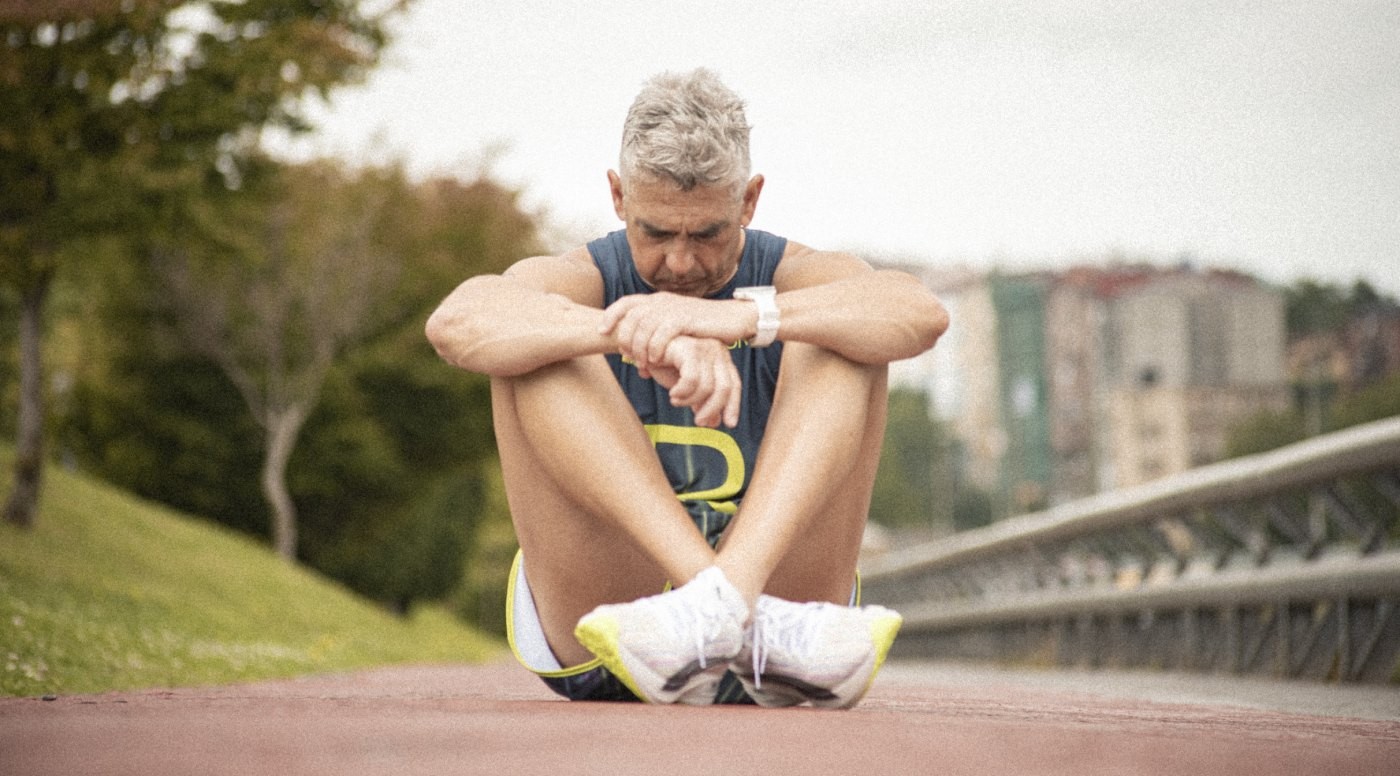
If one day we are excessively tired or have discomfort before training, this will not be fixed with a demanding workout. It is possible that this session will not go as planned and we will accentuate our discomfort. So a day of rest or regenerative work may be the best option.
2. What are the most frequent symptoms that warn us that it is necessary to stop training?

There are endless symptoms, but the main one is pain. If something hurts, training will not fix it, it will possibly increase it.
A twinge, a feeling of excess muscle stiffness, even after warming up, may be the first warning signs. Therefore, be very careful with this.
3. By the way, a classic question is it good to run with stiffness?
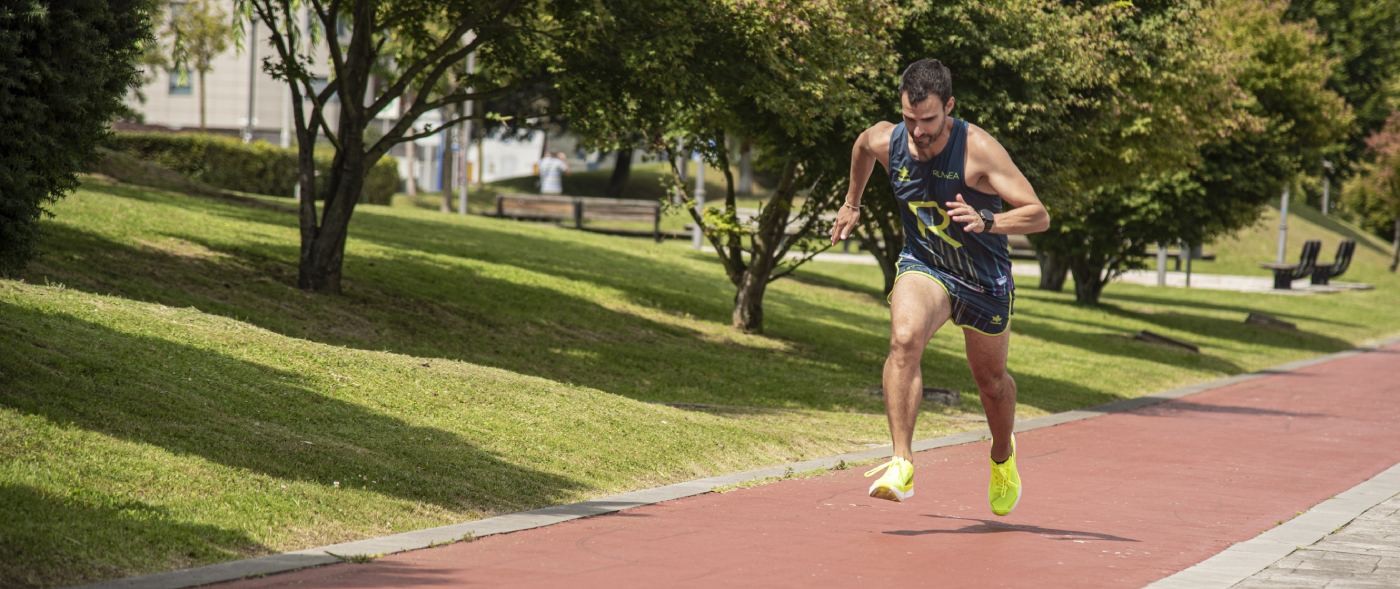
If the run is a gentle jog and the muscle damage does not limit our movements, nothing should happen. However, it is better to perform an activity without an impact, thus allowing more blood to reach the muscles and facilitating recovery, thus avoiding the impact of the race.
4. What general average number of rest days can be established in a training plan for running a half marathon and/or marathon, for example?
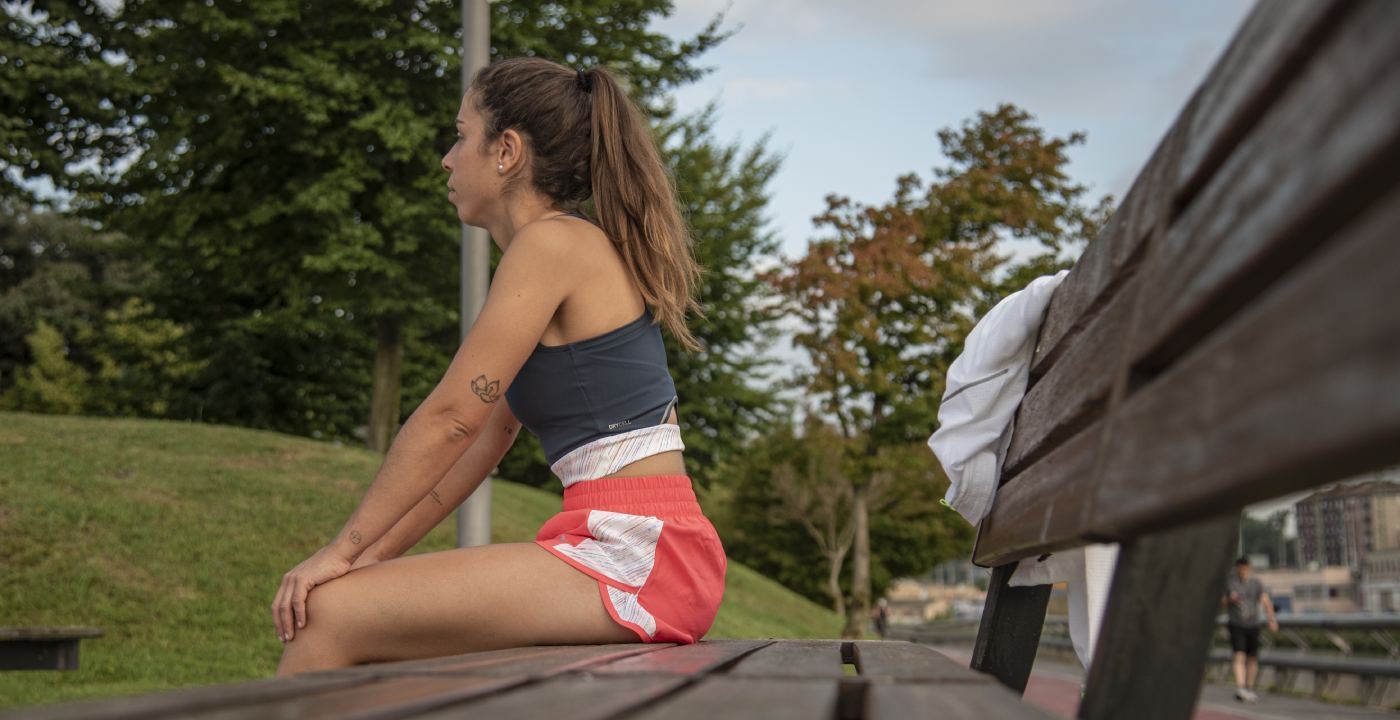
Considering that the number of training sessions are 3 and 4 for half marathon and marathon, respectively. The ideal would be to rest between one and two days in popular runners (training 5 to 6 days per week).
In turn, the location, during the week, of these sessions will be key in popular runners. For example, the rest day or days should not be located just after a very hard day, it will be convenient to do a regenerative session after this, and then the rest day.
5. Is it effective to alternate two rest days and two training days, or is it better to space them out during the week?
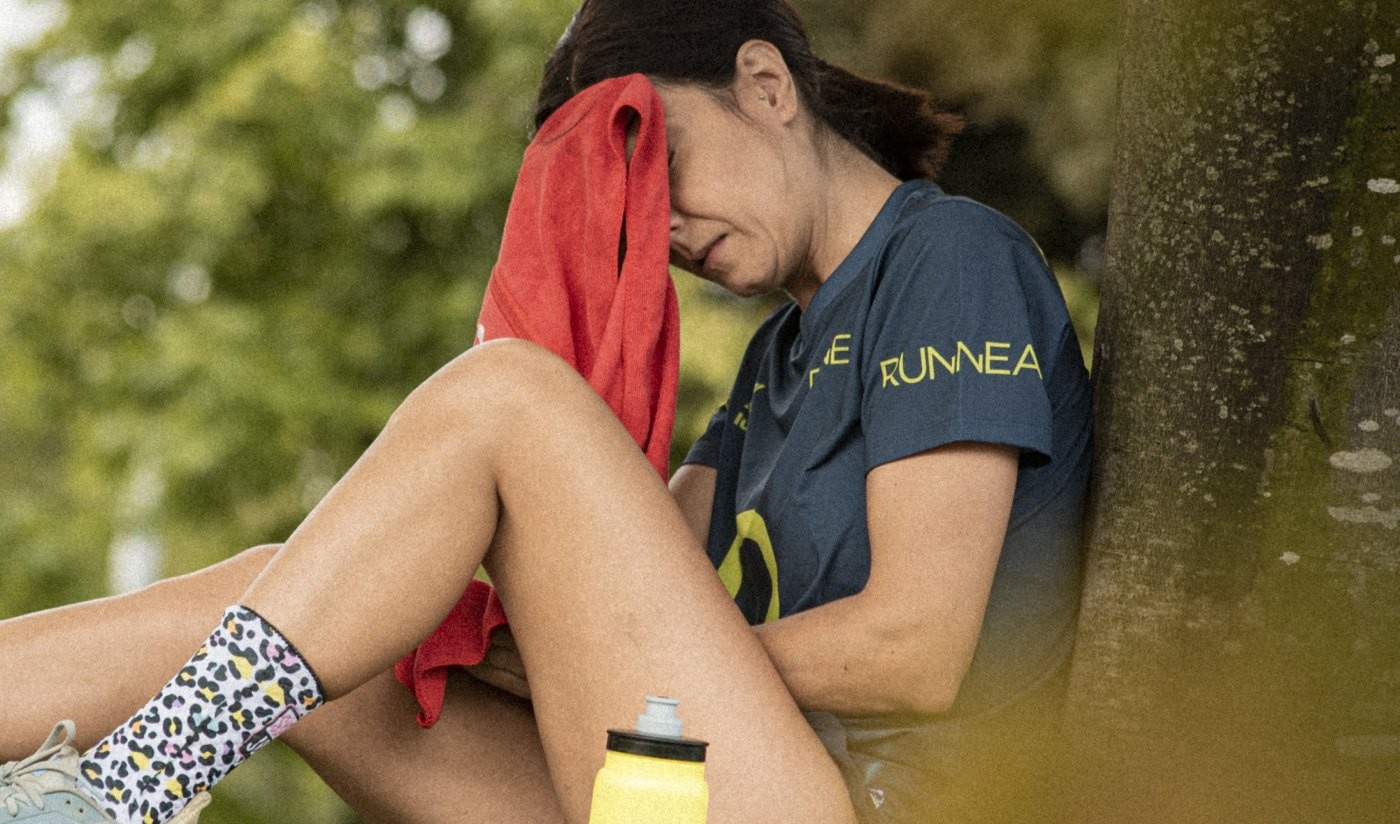
This will depend on the objectives of the sessions and our experience. For example, if I train 4 days a week I will be able to do one rest day between sessions. However, sometimes it may be more useful, after intense days, not to have a total rest day. After these sessions we may benefit more from a regenerative training, rather than a total rest.
Therefore, it is important to know how to manage these total rest days, being able to adjust them to our program and get the most out of them.
6. Total rest or active rest: When and why?
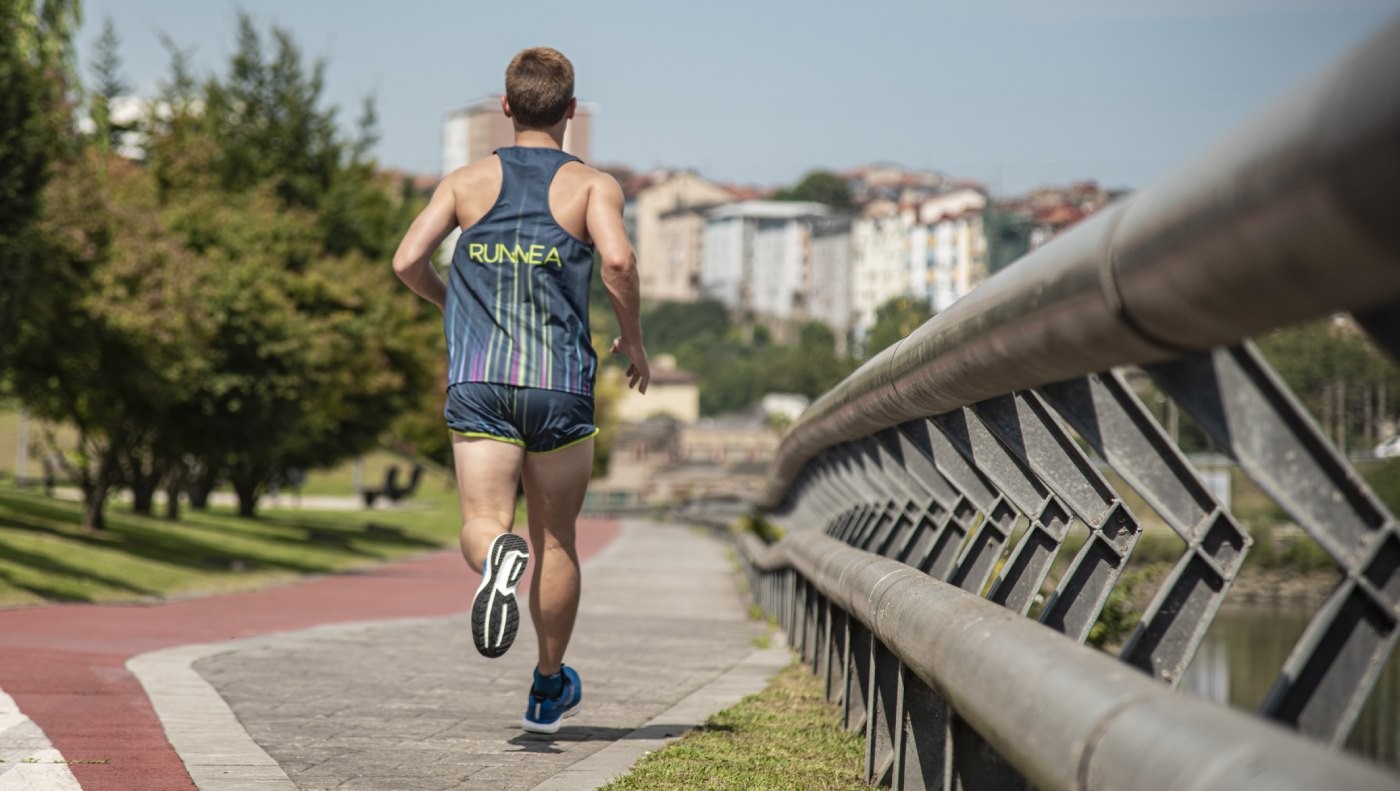
Both are compatible, the problem lies when we think that rest is lying on the couch all day. Personally I opt for active rest, especially in popular runners, since one of the main handicaps of these is a low daily physical activity.
7. What kind of alternative physical activities to running do you recommend for those days of active rest?
Anything that forces us to move at a low intensity, but that lasts at least 45 minutes. We can ride a bike, walk, swim, etc. as long as the activity does not require high intensity.
8. Direct message, and of obligatory fulfillment, for the popular runners with respect to the subject of the rest
It is as important to train well as to plan a rest according to the sessions performed. Without adequate rest, the effort made during training will not be reflected in the competition.
Read more news about: Running Training




